Soccer balls have certainly come a long way from how they were developed back in the day.
Consumers of the present can head out to their favourite soccer store and get to choose from soccer balls of vastly different colour, size and technical specification.
This leads me on to today’s talking point which is about the materials that are used to make up one of mankind’s very finest inventions.
Here’s a brief summary for those who just want to skim through the article…
Soccer balls are generally made up of a synthetic leather or a polyvinyl carbonate (PVC) outer cover, that is stitched around a cotton or polyester inner lining. Beneath this lining is a butyl or latex rubber bladder that seals all the air inside.

Want to test your knowledge on soccer ball care?
Take the quiz by clicking the button below and see just how informed you truly are!
Note - You'll need to enter your email address to see the final results.





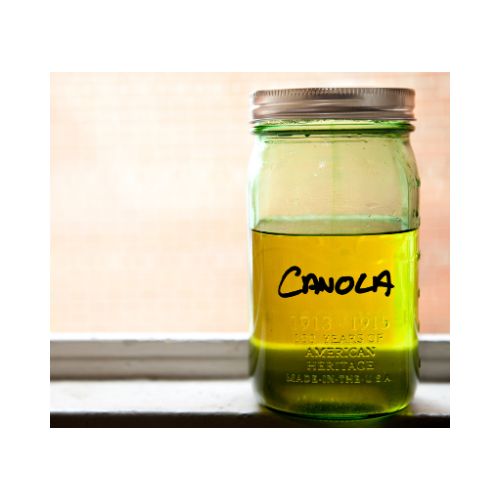

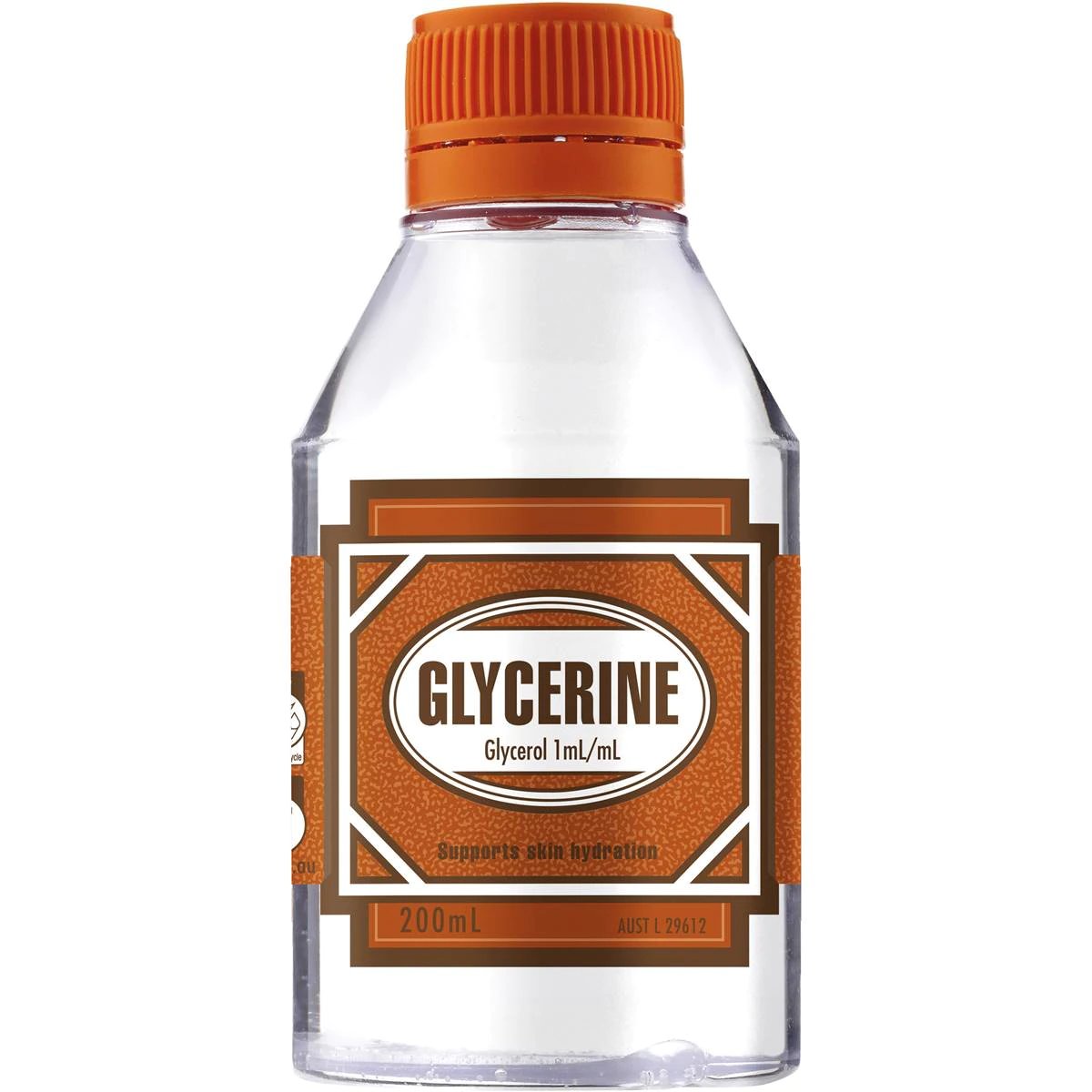




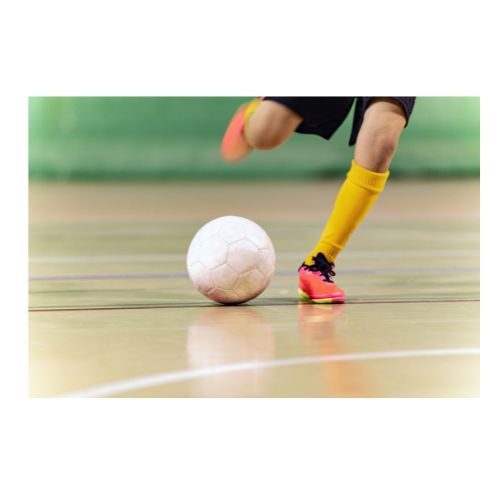







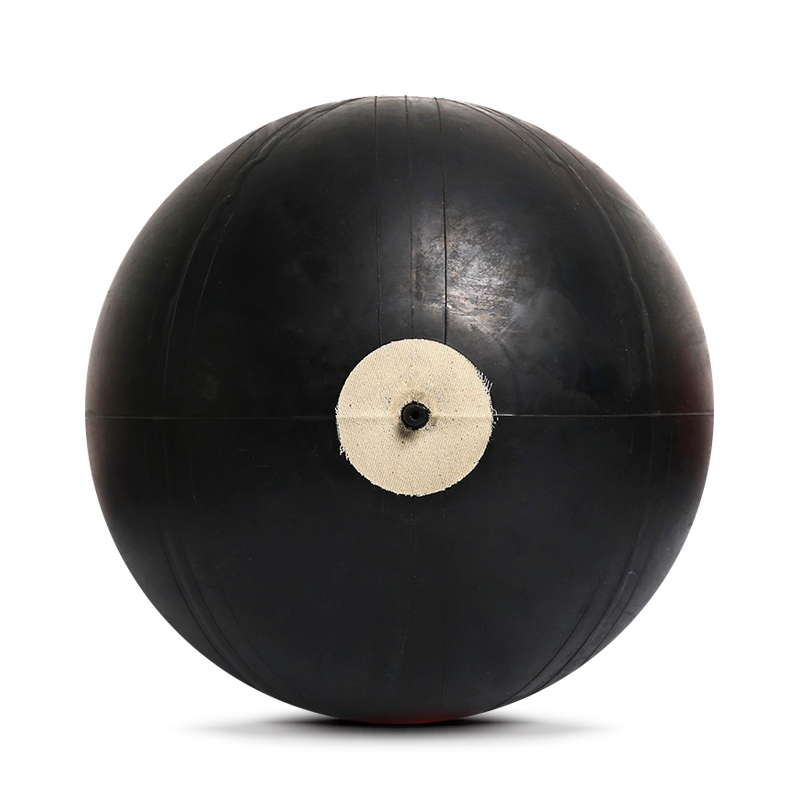
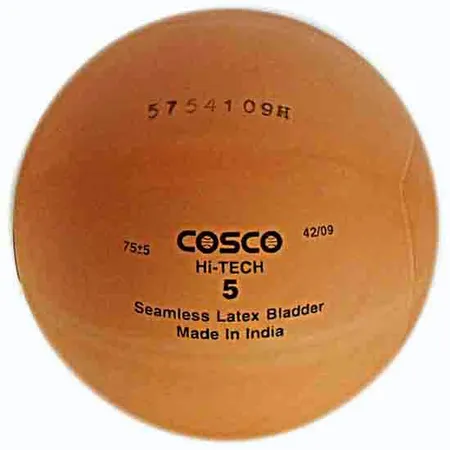


Now, let’s dig into the finer details of these materials.
What materials are used to make a soccer ball?
I’ve previously written an article that went into great depth to describe what old soccer balls were made of.
You can check that out in your spare time to see the transformation from what existed back then to the models we have available now.
Each component that goes into making a soccer ball today is made of a particular material, and all these pieces of matter come together to create the spherical ball that people love to play different games with.
Here’s the simplified view of a soccer ball’s design…
1. Outer casing
First off, we have the outer cover.
This is the part of the soccer ball that a user is actually able to touch and feel.
It serves to protect the ball from tear and wear and gives the object its distinct appearance.
Outer casings are typically made from synthetic leather.
This could either be a coating of polyurethane, or polyvinyl chloride (PVC).
The former material is a regular feature on the soccer balls that professionals use in competitive leagues because it provides a greater response and feel for players.
Conversely, PVC covers are consistently used on cheaper replica balls meant for casual players and they give soccer balls a much harder shell.
2. Inner lining
This section of a soccer ball is located between the previously described outer cover and the bladder – which is yet to be spoken about.
If you’ve ever cut a ball open with a knife or other sharp object, you’ll be met with a material that has a bandage-like texture.
Something that looks like this:
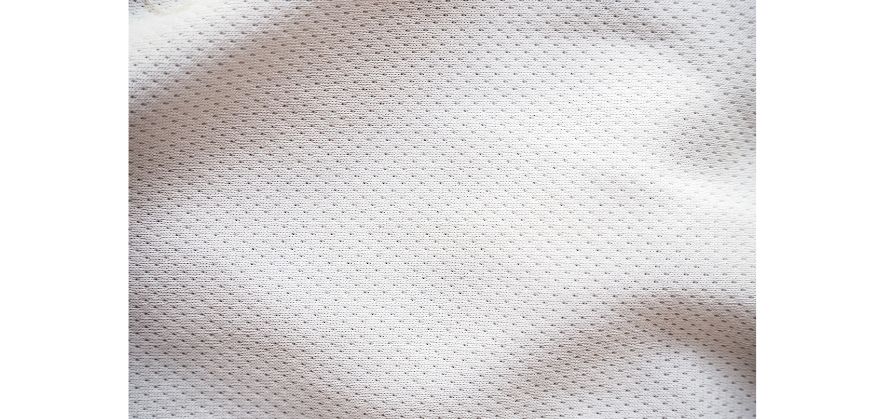
Now this is basically cotton or polyester, or even a combination of the two materials.
Soccer balls that get used at the highest levels of the sport have multiple layers of inner lining (i.e. from as low as two to as high as four or five layers).
What the cotton does is give soccer balls a softer feel and greater cushioning when they are kicked and curved, whilst the polyester helps with overall durability and makes balls more responsive through providing things like better bounce uniformity.
You’ll also find that the cheaper soccer balls have fewer layers of inner lining which is why you may sometimes find them less pleasant to kick and even slightly less durable.
3. Bladder
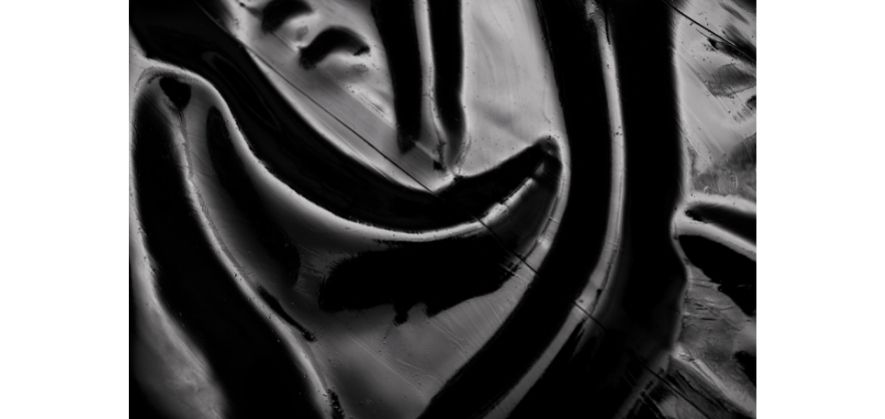
As we go deeper beneath the inner lining, we are met with the bladder.
This is the part that holds all the air inside.
Without it, a soccer ball would not be able to retain its natural shape.
Bladders are either made of:
- Butyl
- Natural latex
- Carbon latex
Butyl bladders have the best air retention and you can go for weeks on end without having to pump up your soccer ball again.
The downside of this material is that it is heavier and it deforms easily, giving users a less enjoyable playing experience as a ball’s overall responsiveness is affected when kicked.
Natural latex bladders on the other hand are super soft, but they leak air over time due to the presence of tiny pores within the material that allow air to gradually escape.
Carbon latex bladders contain tiny carbon particles that help plug up the pores present in the bladder itself and prevent less air from leaking out.
This means slightly better air retention than a latex bladder, but still considerably poorer performance when compared with a butyl one.
However, latex bladders do give soccer balls greater touch and responsiveness, which means that they are softer to the touch and bounce a lot better.
Ultimately, if you go ahead and purchase a good soccer ball that has a latex bladder, you better have a soccer ball pump to inflate it regularly, as you should expect the ball to require re-inflation after every couple of days.
4. Stitching
The stitches of a soccer ball are what hold the panels together in place.
Just think back to the black and white soccer balls that were commonly used about a decade ago.
Their pentagonal and hexagonal panels needed to be combined together in a structured manner, and this could only be done with polyester or Kevlar threading.
Check out my article on how soccer balls are sewn for greater insight into how the stitching is manually done.
On the other hand, as technology has matured, another method of stitching has arisen.
This is called thermal bonding, and it is slowly replacing the need for polyester or Kevlar thread.
What happens here is that the panels are glued together using heat, and this gives way to a number of ball performance benefits such as smoother flight trajectory and increased striking accuracy.
You can check out my article on adidas soccer balls, which I’m sure has an example or two.
5. Valve

Lastly, we have the valve area.
As a small, needle-like structure, this is the part of the soccer ball where all the air enters through in order to inflate it.
Valves are usually made of butyl rubber for air retention purposes.
And this material’s elasticity makes it quite ideal, because the valve easily expands when an inflation needle is inserted and closes up promptly when that same needle is removed.
But silicone is another material that valves of the highest quality soccer balls are also made from, and it promises even better air retention and smoother needle insertion than its butyl counterpart.
Is there plastic in soccer balls?
The only plastic that would make up part of a soccer ball is its outer casing – coated with either polyvinyl carbonate (PVC) or polyurethane.
What is quite fascinating is that PVC is the world’s third-most widely produced plastic polymer.
So, yes.
Plastic is present in soccer balls although not to a dominant degree.
I’d say that about 30 percent of the total surface area of a soccer ball is made from plastic, and this is backed up by this article which quotes the outer shell of a ball as taking up one third of its make-up.
Are soccer balls made from oil?
Not directly.
Oil doesn’t simply transform into becoming a round object in the creation procedure.
That’s just not how it works.
Essentially, oil is used as part of the soccer ball manufacturing process, as the raw materials – like plastic – that go into making parts of it are refined and processed using petroleum.
What are soccer balls filled with?
To supplement this article, I thought it would be great to give a brief answer to this question.
Soccer balls are filled with the air that we breathe – whose properties mainly consist of nitrogen and oxygen.
As a side note, I have an interesting article that details whether you can fill soccer balls with helium and it also investigates if there’s any notable performance benefit of using a different gas for inflation.
What is the best material for a soccer ball?
This has to be synthetic leather with a polyurethane coating.
The performance benefits offered by this material include greater responsiveness and softer feel, which is why this substance is used to make the soccer balls that are used at the highest levels of the sport.
It also has just enough durability to make it viable enough to use on a large scale, which makes it a much better material than traditional leather for standardised play.
Finally, before you go, you should check out our eBook on Soccer Ball Care.
Within this monster of a resource, we tackle all there is to know about looking after a soccer ball and maximising its useful life right from when you purchase this type of product.
This eBook covers a plethora of different topics, such as:
- soccer ball construction;
- inflation and pressure management;
- cleaning and maintenance;
- soccer ball storage; and
- how to extend the useful life of your ball
In just a couple of hours, you’ll have more knowledge on what is good and bad for your soccer ball than you could ever fathom!
You’ll learn how to inflate your soccer ball to the correct level of air pressure based on the size of ball you have, as well as know how to clean and store your soccer ball properly after games.
But I don’t think there’s anything better than being able to effectively troubleshoot problems with your soccer ball and fix them yourself!
So, you can finally take care of your soccer ball for many months to come, which without a doubt will save you time and money as won’t be searching for and buying a replacement any time soon.
With just one click…
Grab yourself a copy right now for only $29!
If you enjoy the content that I create and would like to buy me a coffee, then I’d really appreciate it!
Any money that I earn through this donation will be re-invested into more content for this website.
Additionally, by sending in a donation you’ll also receive a copy of my recently released 190+ page eBook on Soccer Ball Care, as well as be subscribed to our mailing list where you’ll be regularly informed on the latest developments concerning the Soccer Whizz blog.
- Future Icons: Europe’s Emerging Midfield Maestros Set for Glory - December 4, 2023
- Kickstarting a Revolution: How Soccer Transformed the United States Over the Last Four Years - October 7, 2023
- 4-1-4-1 Soccer Formation [Analysis] - September 23, 2023


